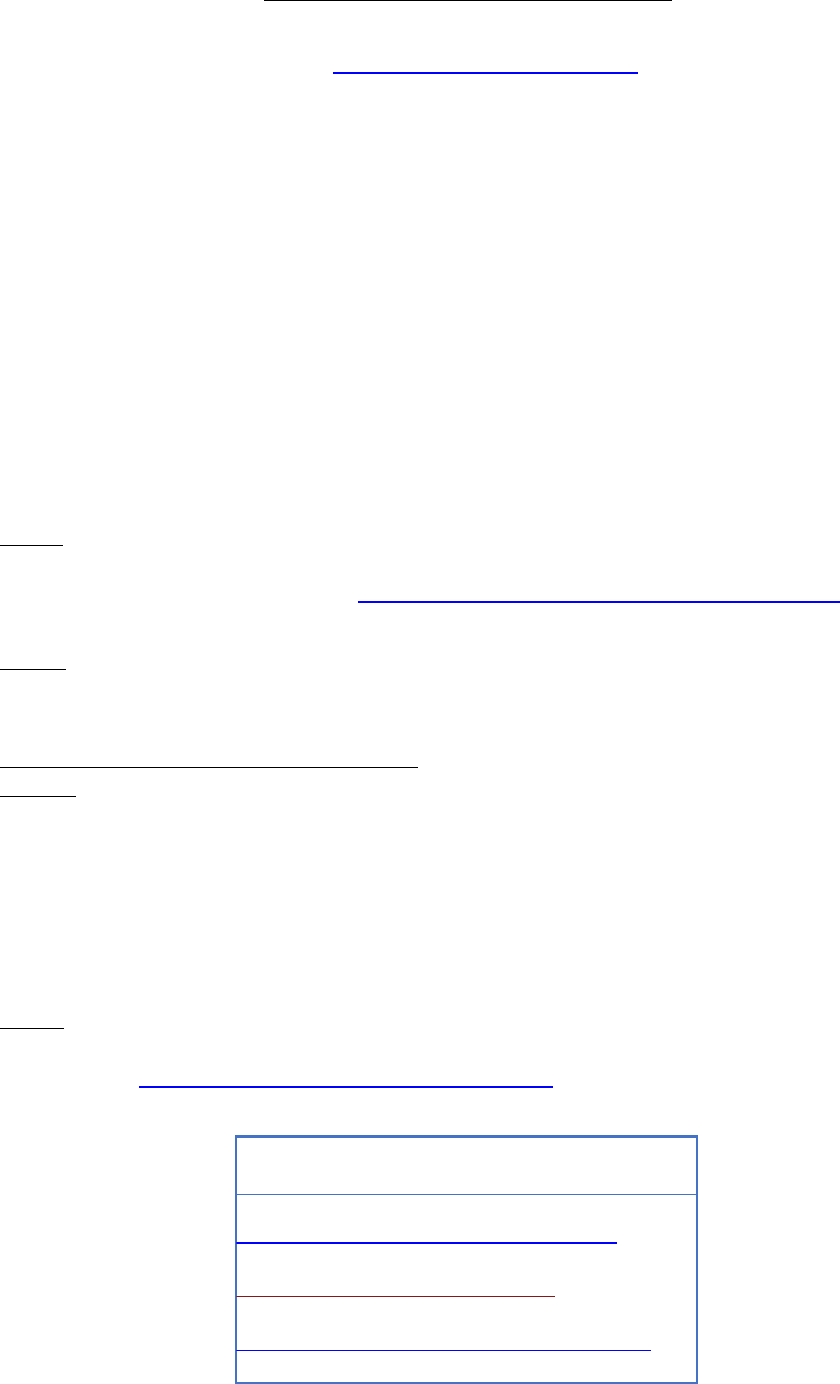
LINKS
Declaration (Form RCMP 5589 / CAFC 909)
Canadian firearm safety regulations
Canadian Firearms Program for Non-Residents
As a visitor, you will need to fill out a Non-Resident Firearm Declaration (form RCMP 5589)
to bring weapons into Canada. Rules change, so review the websites carefully to make sure you are up
to date on all requirements.
Make sure to check the links provided for information of which weapons you can cross the border
with/restricted weapons, requirements for bringing a weapon (age, criminal record, etc.)
Regardless of how you travel-
• The declaration form is to be filled out prior to your arrival at the point of entry.
• It is imperative that you do not sign the form until you arrive at the border; it is necessary for a
Canadian Customs officer to witness your signature.
• A confirmed declaration costs a flat fee of $25, regardless of the number of firearms listed on it. It is
valid only for the person who signs it and only for those firearms listed on the declaration.
• Once the declaration has been confirmed, it is valid for 60 days.
• Make sure you are transporting your weapon in compliance with the Canadian Firearm Safety
Regulations
• Your declaration counts as a registration certificate and a license to have your weapon. It will allow
you to buy ammunition in Canada, and to transport up to 200 rounds into the country with you.
GUNS:
One form will allow you to bring up to 3 firearms.
If there are more than three firearms, a Non-Resident Firearm Declaration Continuation Sheet (form
RCMP 5590) needs to be added.
BOWS:
If you are only travelling with a bow, we highly recommend that you fill out a declaration regardless. It’s
easier to have the form, then not, resulting in a hassle-free stop at Customs.
ARRIVING AT THE US/CANADA BORDER
Driving
1. Stop at US customs and ask for a Certificate of Registration for Personal Effects Taken Abroad. You
will record a description of the firearm including the serial number on this.
2. Go to Canada customs. You will declare your firearm(s) and provide the declaration. Border services
will check to ensure you have stored your firearm properly for transporting, review your paperwork
and verify that the firearm(s) match those described in the documents.
3. When returning to the US, you will have to declare that you are bringing your weapons back in the
US. Provide the Certificate of Registration for Personal Effects form you filled out on your way.
Flying
If you are flying, please visit Canadian Air Transport Security Authority's website for information
concerning the transportation of firearms and/or ammunition by air.
Non- Resident Firearm Declaration
